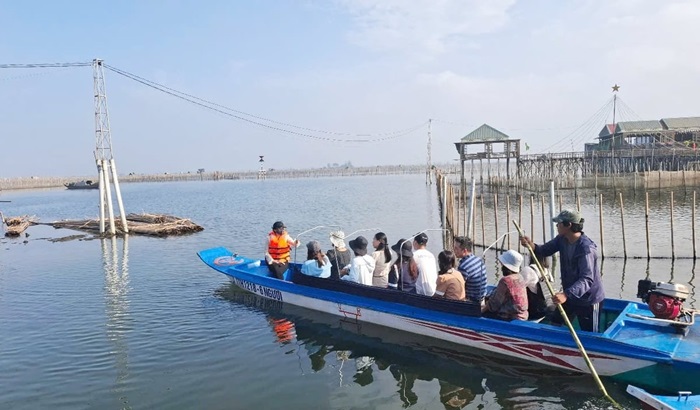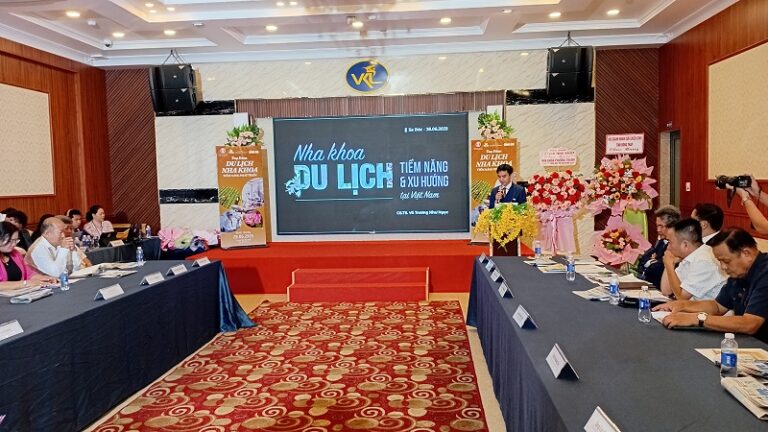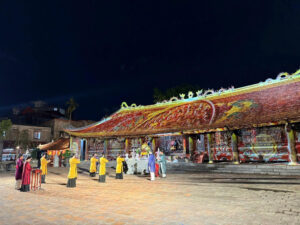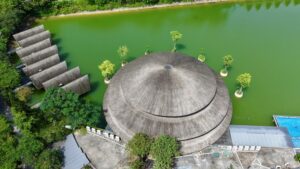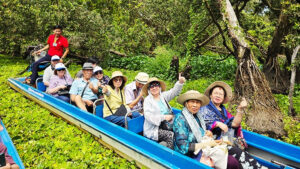I recently had a break from teaching in Hoi An and needed a holiday. Between visiting Cambodia again and meeting up with people in Ho Chi Minh City, I got the chance to visit a former expat friend now living in Phu Quoc.
The winter around Hoi An is cooler than I like so I was also interested in the possibility of some teaching opportunities in warmer Phu Quoc, as the southern tourist season runs from November to early May with dry weather and calm seas. Like my hometown, Hoi An, Phu Quoc has a great potential for personal and guided bicycle and motorbike tours across the whole island, particularly the National Park, the northern coast and cross-island mountain highway. Local traffic is the typical mad Vietnamese driving style, yet not heavy or crowded, but the taxis need to slow down a lot!
I flew to Phu Quoc and back via Vietnam Airlines because they are reliable – not cheap at the moment, around US$75 one way, but worth it for the extra time I could spend on the Island. One bonus is that the flight is only 50 minutes so it’s worth it if you’re on a tight schedule. Flight prices should come down considerably with increasing traffic and airline competition with the opening of the new, larger airport towards the end of this year.
While I’m sure most Vietnamese know about Phu Quoc, here is a little background for expats and tourists possibly reading this article. The island is situated about 15 kilometers off the south western edge of Cambodia and about 45 kilometers from the Vietnamese border. In fact, you can see the rising hills of Cambodia on a sunny, clear day from the northern tip of Phu Quoc.
While Phu Quoc is still quite undeveloped, it’s remarkably unspoilt beauty is breathtaking, particularly on the northern beaches and over the mountains leading into the national park. The air is refreshing and fragrant in the mountains.
There’s been a lot of what I consider to be unfair criticism of the pace of development, with many investors seemingly expecting the government to provide infrastructure at national expense while the nation has more pressing matters to contend with elsewhere. Most of the coastal ‘ring’ roads circling the island are still unsealed, however the main overland highway is on the way to completion and the undersea power cable from Ha Tien, the mainland entrance way to the island, is slated for completion by the end of 2013.
South of Duong Dong township is mostly pristine forest and shoreline slowly developing into a small Mecca for Vietnamese and foreign tourists. The stunning coastline has some of the best clear saltwater in Vietnam, and the great part? It’s shallow, perfect for kids and families. While there are not yet many good food and beverage outlets along the south, locals are friendly and prices are not bad, and the seafood is excellent.
Duong Dong township also offers some great photo opportunities for camera buffs. The fishing harbor and market is well worth visiting and should become an organized tour feature in the coming years, with fresh seafood restaurants and a great view of the crowded fishing boat fleet. The town is quite small but not particularly suited to just walking around due to the narrow roads and dust from construction and development. It is unique features such as these that make Phu Quoc slightly dreamlike and so relaxing.
The main cross-island highway northwards is great for the sealed sections that are already finished and you can make good time, passing pepper farms and small inland villages. Be warned though, take a lot of sun-cream, for the sun around Phu Quoc can burn you fast! The mountain air is cool and carries a wonderful scent from the tropical jungle. Check out the pepper farms, if you have time, the pepper sauce is fantastic!
The northern beaches are still difficult to get to over rough, pot-holed roads, but given that Phu Quoc is only now beginning to truly develop, this just allows for more of the ‘road warrior’ stories you’ll tell your friends over dinner!
The water on the northern tip is just as inviting as the south, with the added attraction of the view towards Cambodia. There’s a string of small beaches stretching across the northern edge of the island, though good cafes and ‘pit stops’ are rare so it’s worth it to just stop, have a beer with the locals, and bring a packed lunch!
The road to the national park is a sealed one, and the park is gorgeous. It’s mostly stunning and pristine jungle and rainforest so you do need a local guide as the trails are mostly unmarked, and it’s very easy to get lost there. The Army uses part of the island for jungle training but you won’t see them!
The forests are home to a lot of flora and fauna but you have to be quiet and quick to get good photos! If you really like hiking and the mountains, this is the place, the colors and the patterns of the forests are a photographer’s dream.
So it’s all good on the island. There are a few up-market resorts and a cluster of back-packer style hotels and bars in Duong Dong. Phu Quoc’s tourist potential is huge and the national investment in the island is well justified. While food is expensive due to the need to import tourist foodstuffs from the mainland and petrol, accommodation is mostly still reasonable.
In the coming years tourism is set to take off in a big way. It would be to both Cambodia’s and Vietnam’s advantage to agree to a border crossing in Phu Quoc or perhaps a visa free zone to boost tourist traffic in both directions, from Ho Chi Minh City and Phnom Penh or Sihanoukville in the south of Cambodia.
Also there’s a strong need for English and Hospitality training to give local people more opportunities to work at the new airport and around the tourism industry, yet this will probably need some government or private funding as local incomes are not high enough yet for many to access vocational training on the island.
Oh! I nearly forgot! While you’re there, pop in and visit my friend, Lee Webster’s bar/restaurant just about a kilometer south of Duong Dong.
Are you up for some adventure?
st1:*{behavior:url(#ieooui) }


